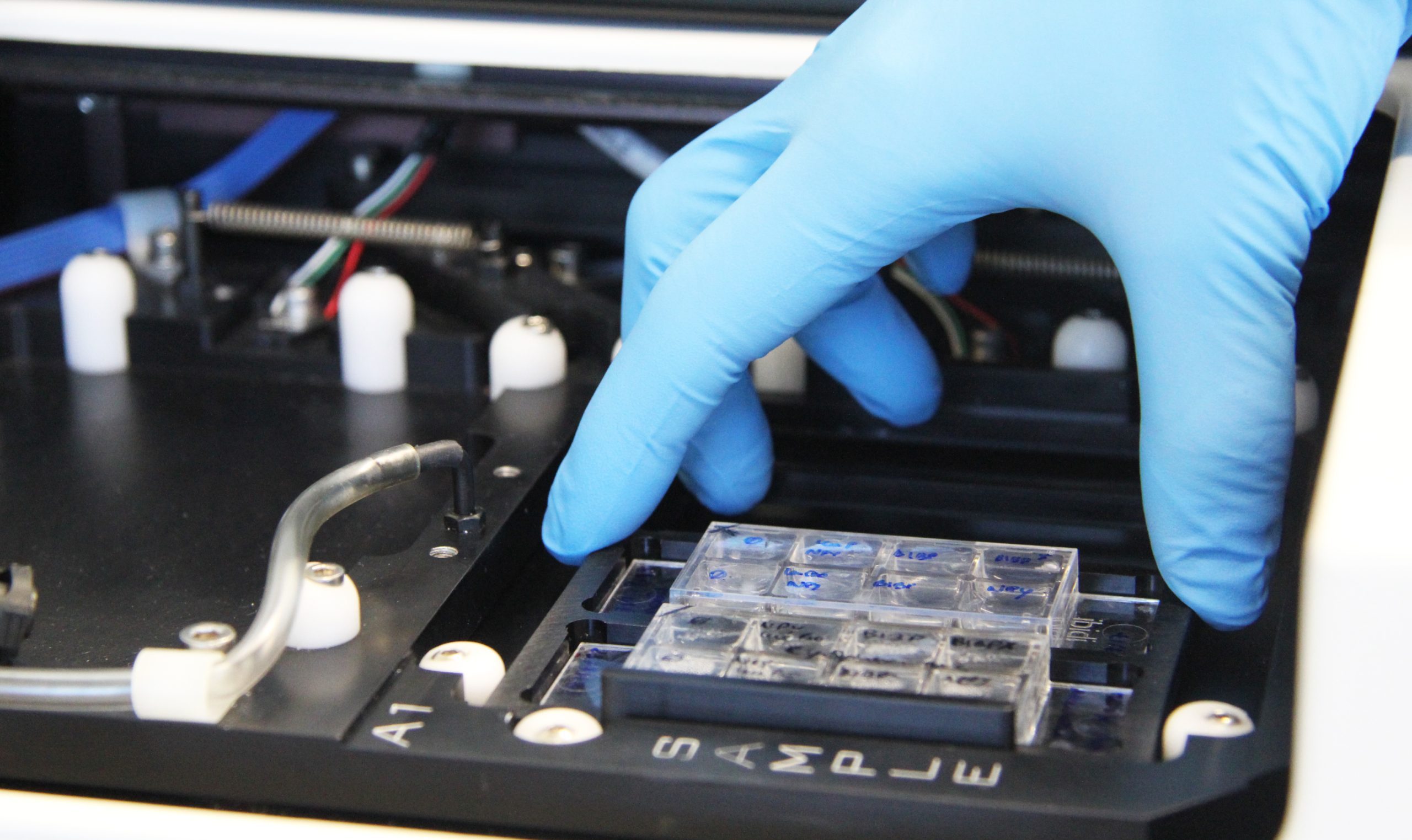3R KNOWLEDGE CENTER
i3S - Instituto de Investigação e Inovação em Saúde, Universidade do Porto
Address:
Rua Alfredo Allen, 208 4200-135 Porto, Portugal
Phone:
+351 226 074 900
Email:
3rknowledge@i3s.up.pt
Laboratory infrastructure and technical support for cell culture work are provided by the Cell Culture and Genotyping platform. This includes a dedicated space for organoids and a clinical samples room for work with patient tissue samples, to be used in organoids and organ-on-a-chip systems.
The In vivo CAM assay platform provides scientific expertise and services using the chick embryo model. This model can be described as a “relative replacement” because it uses a living organism (the chick embryo) but at a developmental stage where the embryo has not yet developed the capacity to feel pain.

The i3S animal facility provides care and veterinary advice on laboratory animals. The facility supports scientific projects including animal experimentation to ensure high animal welfare standards and high-quality animal research. The facility participates in the educational process of researchers, users, and staff by advising and training on laboratory animal science and promoting practices that lead to better animal use, maintaining high levels of animal welfare.
Two examples of Refinement initiatives led by the animal facility are about less invasive ways to handle mice and to administer substances:
In the past few years, scientific evidence has shown that the regular method of handling mice (picking them by the tail) caused stress and increased anxiety in these animals. New methods such as tunnel handling or the cupped hand technique were explored and revealed that the impact on animal welfare was substantially lower when compared to the tail method. Non-aversive methods can be easily implemented in mouse facilities and have a very positive impact on welfare levels by reducing anxiety and stress and increasing the interaction between the animal and the person who handles it. The tunnel method is currently being implemented at the i3S Animal Facility and consists of allowing the animal to enter into the tunnel (that also serves as an environmental enrichment device) and using the tunnel to move the animal into another place. We can take this opportunity to observe the animals inside the tunnel and do a health check. It may take some patience to habituate mice to enter the tunnel as some strains are more reluctant than others but, in the end, this is a well-worth effort.
Nude mice are commonly used to test drugs against different types of cancers and, just like in humans, tumour growth is a source of discomfort and pain and so is chemotherapy. Many drugs are administered orally, which humans find very convenient, but, to a mouse, this method proves to be challenging. To go through with it, researchers often use the oral gavage technique, which is unpleasant for the animal as it requires the introduction of a tube through the esophagus until it reaches the stomach. To reduce animal discomfort, one #i3S group decided to give their new drug combination against a type of lung cancer in the form of strawberry jelly. Researchers familiarized the animals with the strawberry jelly flavour 5 days before the experiment. The drug was then incorporated into the jelly and offered to animals daily using a pipette.
An example of Replacement and Reduction strategies is the work being performed with advanced 3D in vitro models – organoids at the institute. We have been working in 3 main areas: cancer, infection, and vascularization, using adult stem cell-derived organoids. For cancer studies, we have developed gastric organoids out of human samples, either from normal or cancerous tissue, and we have been able to prove that organoids recapitulate the phenotypic characteristic of the original tissue. These models have been used to identify novel biomarkers for targeting abnormal cancer phenotypes.
Infection studies have been performed using lung organoids to interrogate about the early host-pathogen interactions between lung cells and Mycobacterium species. We have established human lung organoids and we are, at the moment, testing different organoids infection methods. Furthermore, we are also establishing protocols for high-throughput content using human lung organoids, together with the BioSciences Screening Scientific Platform.
An example of organoid vascularization strategies relates to the work being currently performed with mouse intestinal organoids and microfluidics devices, aiming to create a complex vascularized organoid.
The BioSciences Screening scientific platform provides state-of-the-art instruments and competence to solve challenging biological questions with high throughput and high content technologies. Highly qualified scientists with expertise in project evaluation, assay development, liquid handling, automated microscopy, multimode microplate readers, and image and data analysis, work with project teams to successfully plan, develop, run, and analyze screens. Examples are the development of genetic and chemical screening campaigns with advanced human cell-based models. The platform facilitates access to genetic and small-molecule screening libraries aiming for the discovery of new chemical and biological entities with potential therapeutic applications.
The BioSciences Screening platform participates and coordinates the PT-OPENSCREEN, a countrywide network of chemistry and biology institutes that conduct compound synthesis, as well as cell and biochemical assays for screening, optimizing compounds, and carrying out follow-up activity studies. In addition, it serves as a partner site for EU-OPENSCREEN, a European Research Infrastructure Consortium for chemical biology and early drug discovery, and participates in the Portuguese Platform of BioImaging (PPBI) as well as various COST actions.

